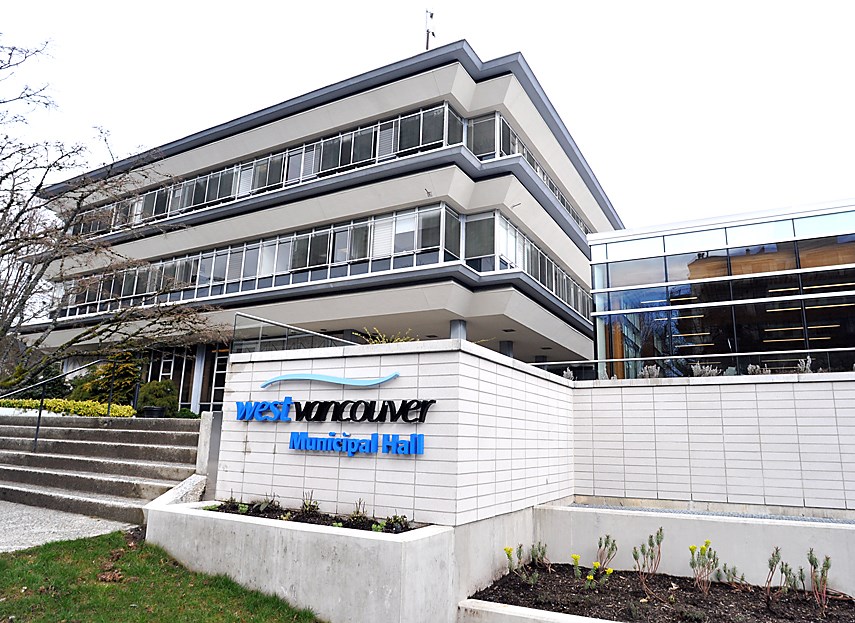There’s less than a year left in the term and West Vancouver council has given staff their marching orders.
After some debate, council passed their 2021-22 strategic plan Monday, laying out council’s priorities for staff in the year ahead.
On housing, council is seeking to deliver an average of 250 new homes per year, the largest share of which should be rentals. Council is also seeking to complete the first phase of the Ambleside local area plan, which will govern how the municipality’s town centre develops in the years ahead, and lay the groundwork for the Taylor Way local area plan. Work will continue on the Cypress Village plans.
On the economy, council has such deliverables as updating the district’s economic development plan, including a new visitor strategy and commercial area strategy, and changing zoning rules to cut back on the number of banks, nail salons and real estate offices taking up commercial storefronts.
On the environment, the district is to better document and reduce its energy use and carbon emissions, create new regulations for development areas likely to face coastal flooding, complete an urban forest management plan, and consider a ban on single-use plastics.
Top transportation priorities include collaborating with Squamish on a Sea to Sky bus system, adding cycling infrastructure and possibly implementing 30 km/h speed limits on some streets.
For municipal services, council says it is a priority to create a living wage policy, launch a new website, better address misinformation circulating in the community, and provide training to address systemic racism.
In the next year, council intends to continue plans for a new arts and culture facility, sell a portion of the Brissenden Park land and use the proceeds to acquire the last private lots on Argyle Avenue for public use, find a new permanent home for the district's Youth Hub, develop closer relationships with local First Nations and implement the Truth and Reconciliation Commission’s calls to action (subject to more resources being made available), and possibly ban gas-powered leaf blowers.
All but about eight of the items on the plan can be achieved with existing staffing levels and budgets. Those that can’t will be considered for the upcoming 2022 budget.
Mayor Mary-Ann Booth said developing the plan is one of the most important things a council can do.
“It's just not a document that we put on a shelf and no one looks at it,” she said. “I think it does definitely keep everyone very focused because with seven of us all going in different directions, that could really make us inefficient as an organization but also very difficult for staff to know which direction they should go in.”
The annual plan was developed over dozens of hours of meetings by council members.
“It was a labour of love for the beginning and I daresay, from my expressions of things that I’ve seen go on, there's no dust collectors here,” Coun. Bill Soprovich said. “These are doable exercises.”
Coun. Sharon Thompson lamented that the Taylor Way area plan wasn’t given higher priority.
“It's such a pinch point for our community. We want to talk about creating access, mobility and viability within our community and yet, we don't quite understand how we are going to manage this essential corridor,” she said. “I'm reluctant to support it without that component going forward. And I know behind the scenes we've all been trying to move the dial, and we can't all agree on everything but this is one key element that I really feel needs to make it to a top priority.”
Thompson and Coun. Marcus Wong both voted against adopting the strategic plan.
Although there was some horse-trading and not every council member’s wishes made it to the priority list, the 2022 strategic plan is a good course for the municipality, Coun. Nora Gambioli said.
“We were elected to lead and to make decisions to improve the community, and I really think this is another step in turning the ship in a very positive, very progressive way,” she said.
Coun. Peter Lambur was absent from the meeting.



